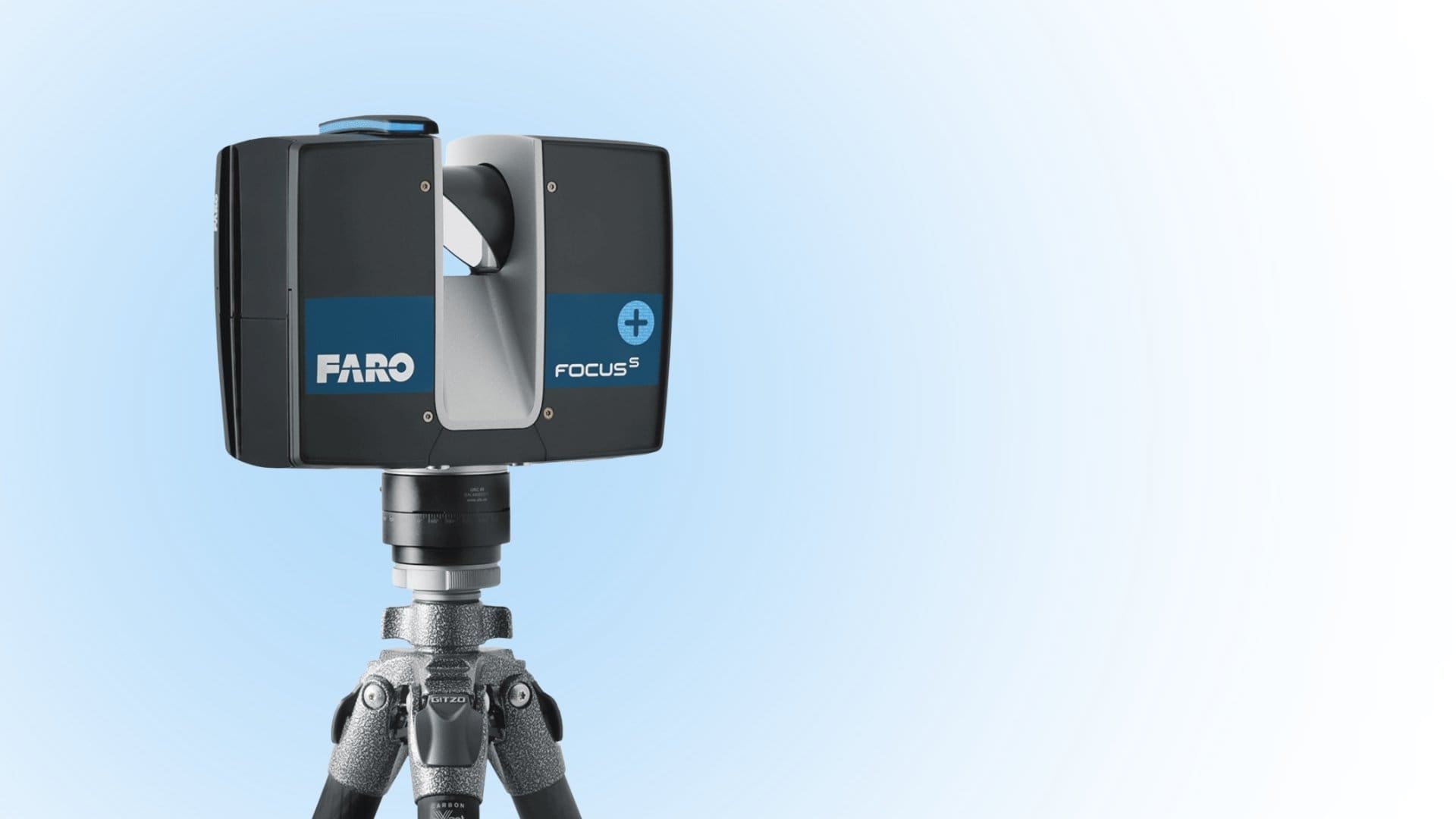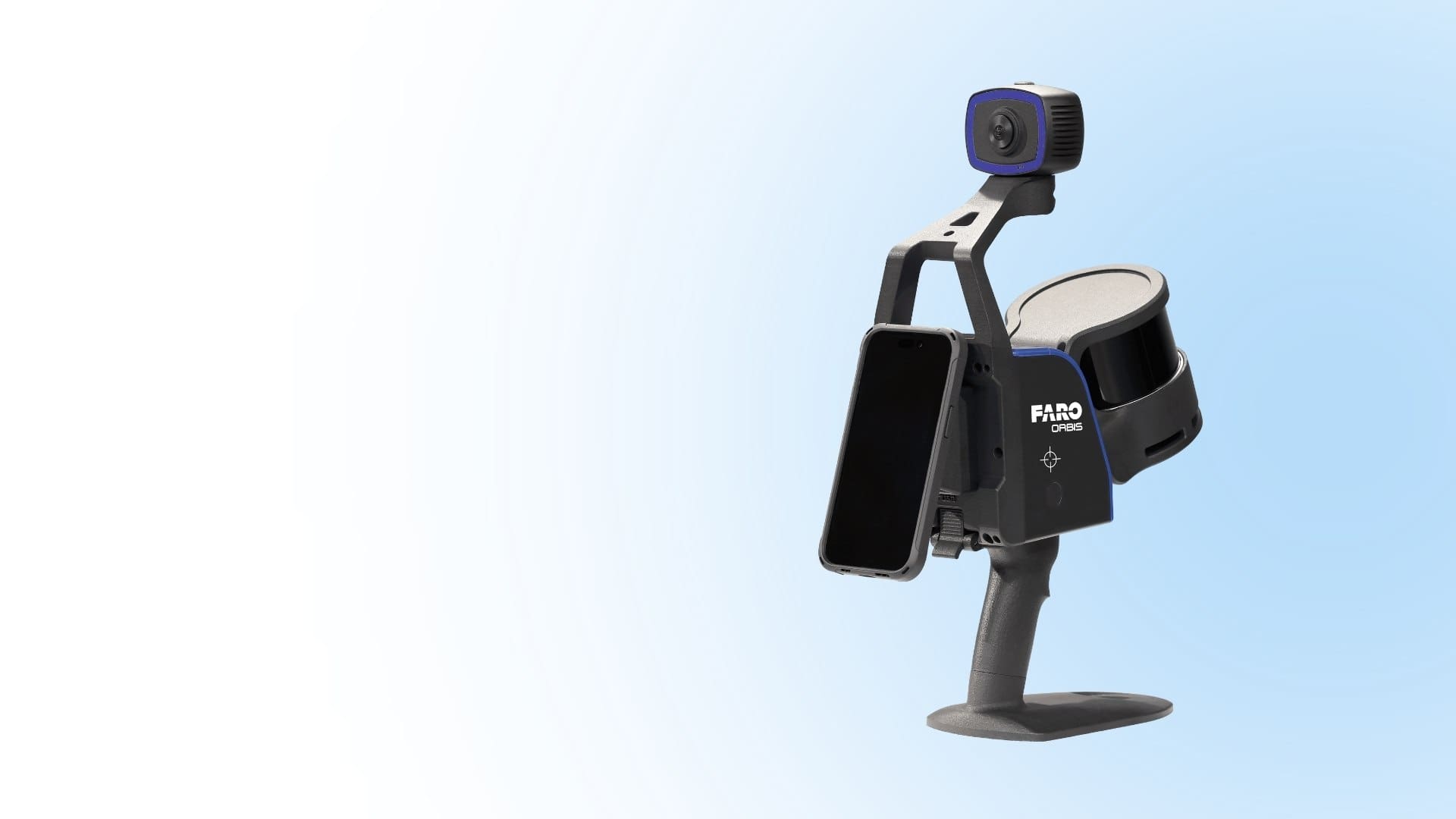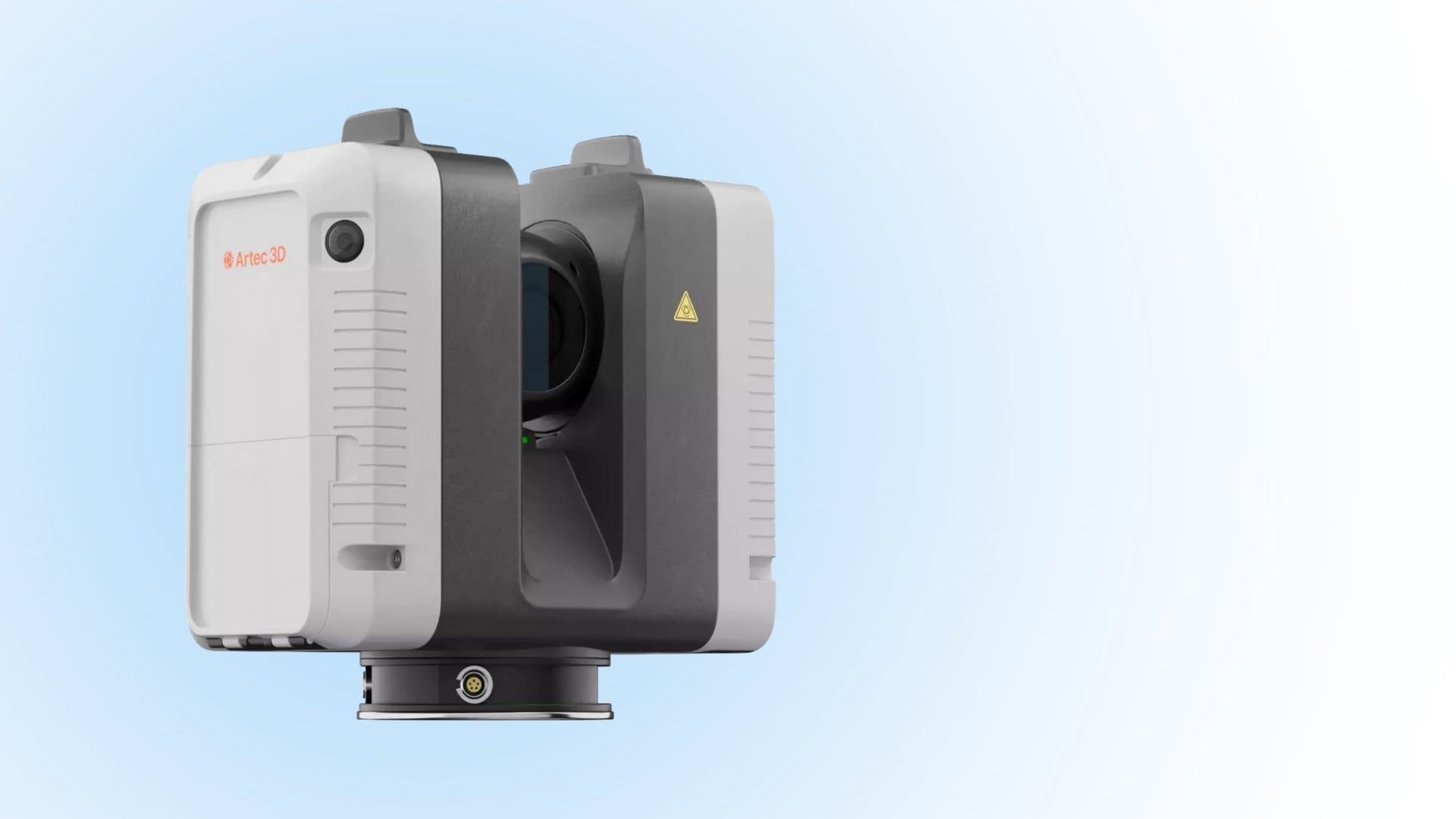
Long-Distance 3D Scanning for Infrastructure
Huge infrastructure projects present unique challenges that can only be addressed with advanced solutions like long-range 3D scanners. Whether it’s
Different long-range scanner brands offer varying features and capabilities; hence the need to understand the most crucial aspects of long-range 3D scanners, like the scanning speed, resolution, accuracy, and usability.
These factors influence the overall performance of the scanner and, ultimately, affect your productivity and scanning experience. In this post, we’ll explore what to look for in a long-range scanner.
Long-range 3D scanners are designed to capture objects from long distances, thus simplifying and speeding up the process. However, this can only happen if your long-range scanner has the right scanning speed.
Still, you must also ensure that your scanner can capture and process all the necessary data quickly and accurately. The scanning speed of a 3D scanner is measured in points per second (PPS), and some scanners can scan one million or more PPS.
A key difference between long-range and short-range scanners is that long-range scanners capture data from large areas more quickly than short-range scanners. Therefore, choose a scanner that can accurately capture a whole multifaceted object at a long distance at full speed.
Although many long-range 3D scanners, especially handheld ones, have user-friendly interfaces and simple features, some require special skills to set up and operate. Fortunately, even the most advanced long-range scanners come with well-structured and simplified user manuals to guide you through the setup and calibration processes.
The only downside of the advanced scanners is that they take time to set up and familiarize yourself with. Nevertheless, the complexity of every long-range scanner is based on the type of scanning tasks it is designed to handle and the functionalities it’s expected to offer.
Therefore, if you need a long-range scanner for simple scanning projects, go for the modest models that don’t require special setup and tuning. For instance, a handheld long-range 3D scanner is ideal for simple automotive or architectural projects because you don’t need to set it up. Just power it up and point to the object you need to scan.
If you work in environments with unfavorable conditions, like large construction sites or areas with extreme temperatures, heavy rain, thick clouds of dust, or fog, choose a scanner with the necessary features and hardiness to withstand the harsh conditions. For example, go for a scanner that meets the required water, dust, and heat resistance standards.
Accuracy is the number one requirement in any type of scanning, as it determines the quality of the output and the overall efficiency of the project. Therefore, choose a long-range scanner with high precision, especially if your projects involve capturing critical details quickly without cumbersome adjustments and rectifications.
You can determine a scanner’s accuracy by referring to the specifications provided by the manufacturer. Many brands offer specifications for volumetric and single-scan accuracy. Alternatively, compare its dimensions against the already established points of reference of an object or measure the anomalies of data captured from the object.
In projects where every point counts, use a scanner that can capture the correct data in the smallest detail. A scanner that combines dual-axis compensation with angular accuracy while minimizing noise is a great choice because it can create complete 3D point clouds with exceptional accuracy.
While accuracy is a key element of a long-range 3D scanner, its ability to provide high-resolution scans shouldn’t be overlooked. Scanners with high resolution can identify even the minutest details of an object, improving the accuracy and overall quality of your scans.
The complexity of the objects you want to scan often determines the level of resolution you go for. For instance, if you’ll be scanning objects in dark or foggy environments or a room with reflective exteriors, you need a long-range scanner with high resolution.
Overall, your preferred long-range scanner will be determined by the kind and complexity of your projects. Nonetheless, the most important factors to consider when choosing a long-range scanner include accuracy, resolution, usability, and scan speed.
If you need a special long-range scanner with advanced capabilities, Digitize Designs is the place to look. We have an array of 3D scanning products tailored to offer specific solutions for whatever you’re working on!
3D Scanning & Metrology News, Press, Insights, Trends, Case Studies, and more.

Huge infrastructure projects present unique challenges that can only be addressed with advanced solutions like long-range 3D scanners. Whether it’s

The key difference between long-range and short-range scanners is the maximum distance at which they can capture data. Ordinarily, long-range

The key elements to consider in long-range 3D scanners include accuracy, scan speed, resolution, scanning mechanism, and ease of use.

The initial investment cost of acquiring long-range 3D scanners prevents many individuals and organizations from enjoying their numerous benefits. However,